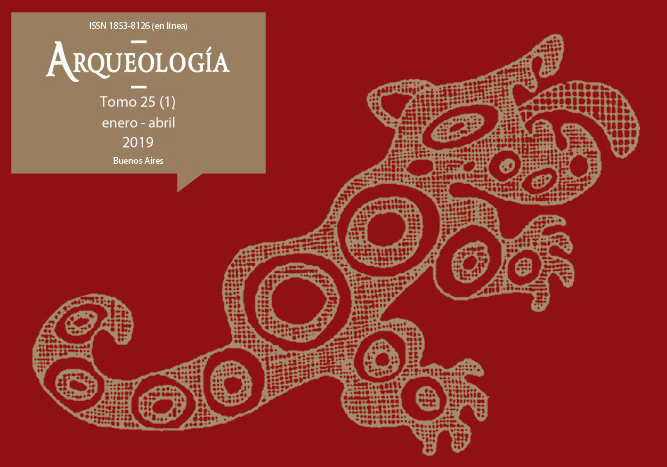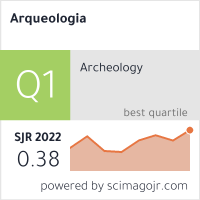The use of air photo interpretation in archaeological landscape research: the case-study of a Colombian Andean plateau
Keywords:
Aerial Archaeology, Photo interpretation, Landscape Archaeology, Bogotá savanna, Pre-Columbian raised fields
Abstract
The aim of this paper is to use historical aerial photographs for the reconstruction of archaeological areas nowadays disappeared due to urban growth; this is supported by data from excavations and colonial documentation. In this case, we intend to reconstruct and analyze the raised fields system built by the pre-Hispanic groups in the Bogotá savanna, located in the Colombia Andean highlands. The results show that the hydraulic system significantly transformed the ecological environment: it controlled the mobility of rivers and seasonal floods, blocked water flows and flooded specific areas of the savanna. The objective of the pre-Hispanic groups was not to drain the savanna but to manage the water to get the most out of it, coexisting with it.Downloads
Download data is not yet available.
Published
2019-02-01
How to Cite
Rodríguez Gallo, L. (2019). The use of air photo interpretation in archaeological landscape research: the case-study of a Colombian Andean plateau. Arqueología, 25(1), 169-186. https://doi.org/10.34096/arqueologia.t25.n1.6011
Section
Articles
Copyright (c) 2019 Lorena Rodríguez Gallo

This work is licensed under a Creative Commons Attribution-NonCommercial-ShareAlike 4.0 International License.
Authors who publish in this journal agree to the following conditions:
- Authors retain copyright and yield to the journal right of first publication with the work registered with attribution license Creative Commons, which allows third parties to use the published always mentioning the authorship of the work and first publication in this magazine.
- Authors can make other independent and additional contractual arrangements for the non-exclusive distribution of the version of the article published in this issue (p. Eg., Inclusion in an institutional repository or publish it in a book), provided that clearly indicate that the work was published for the first time in this magazine.
- It allows and encourages the author / s to publish their work online (eg institutional or personal pages) before and during the process of revision and publication, as it can lead to productive exchanges and greater and more rapid dissemination of work published (See The Effect of Open Access).





(1)13.png)






1.jpg)
1.jpg)


13.png)
1.png)


(1)1.png)









